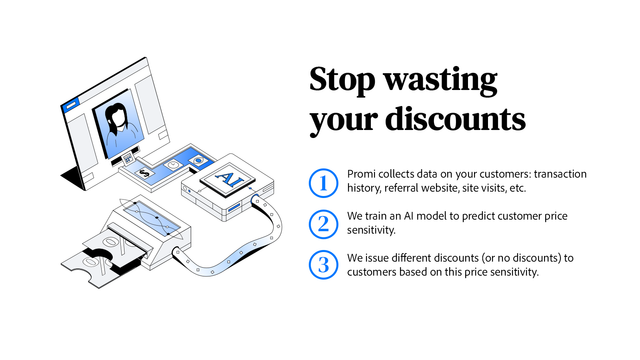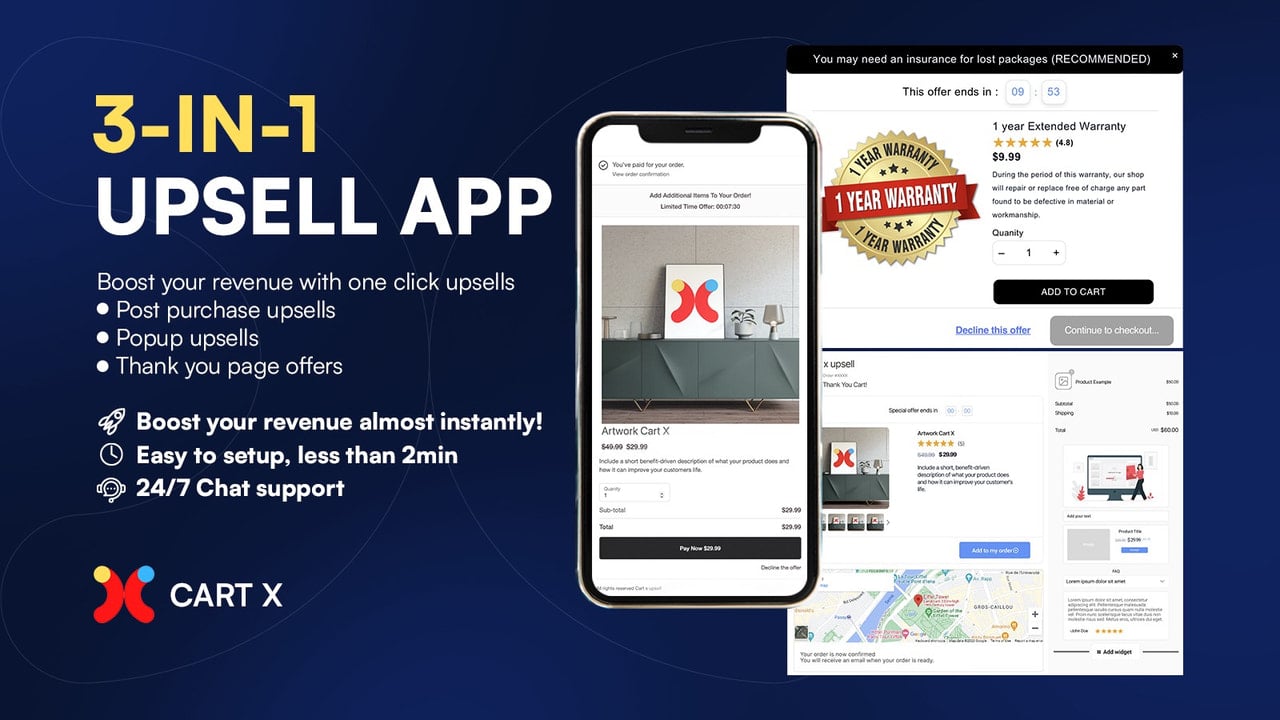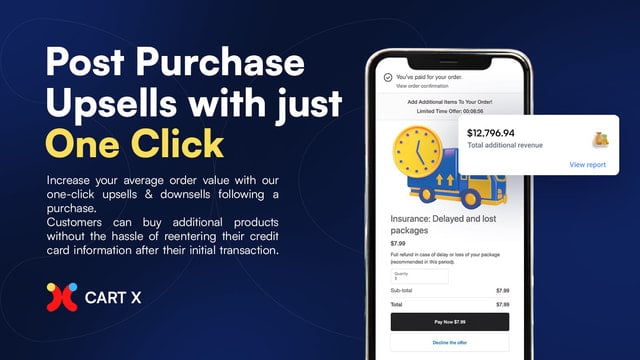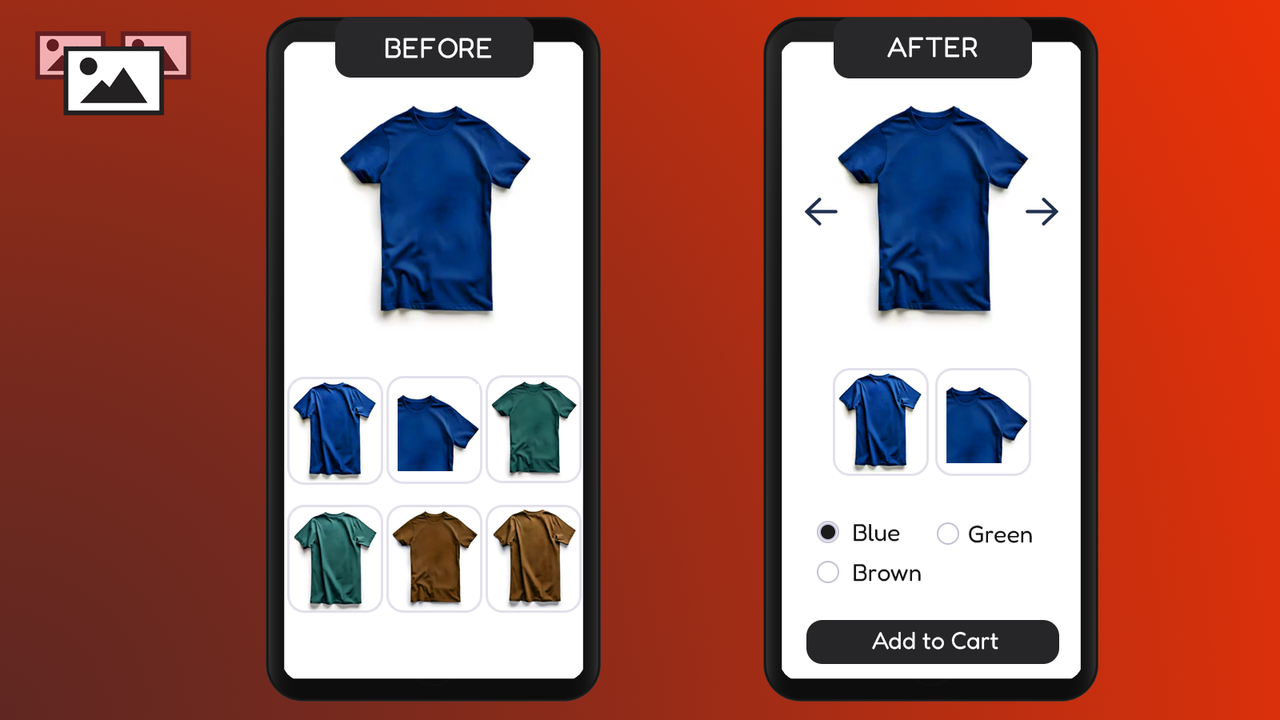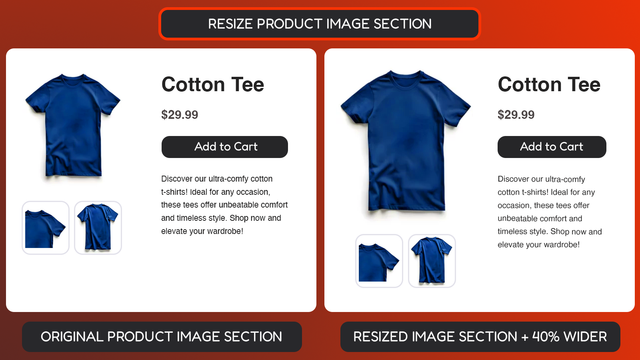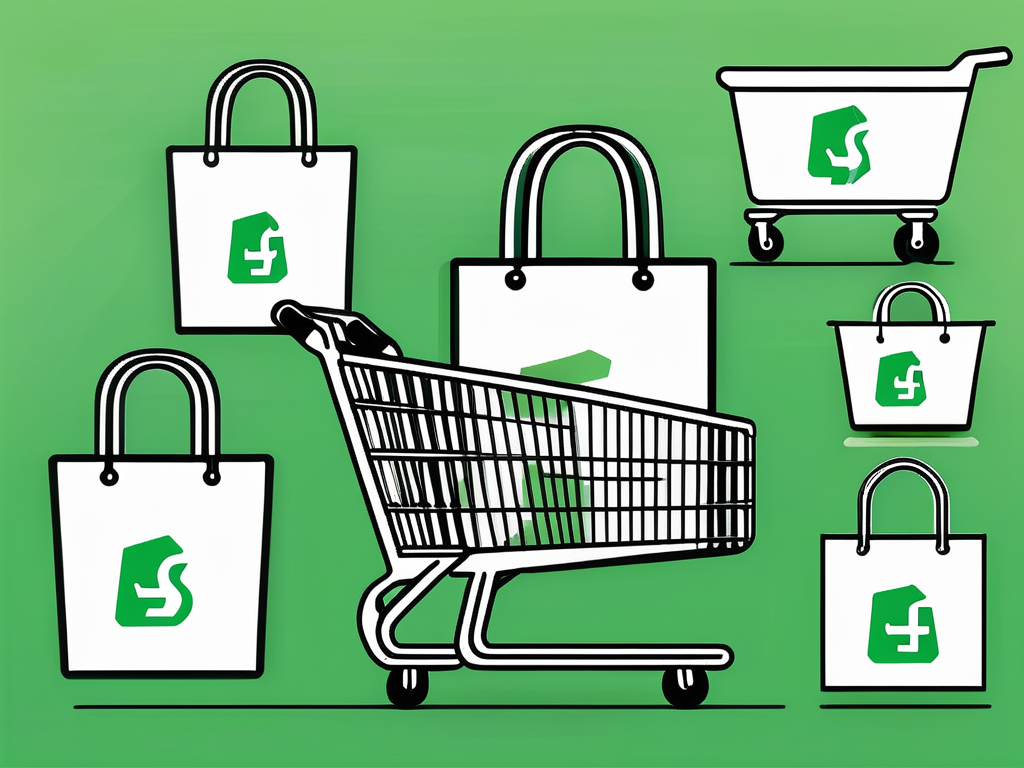Shopify is a leading e-commerce platform that allows businesses to sell products online. One of the critical components of running an online store is inventory management. This article delves into the intricacies of Shopify Inventory Management, providing a comprehensive understanding of its various aspects.
Inventory management in Shopify involves tracking the stock levels of all products, managing the process of fulfilling orders, and making strategic decisions based on inventory data. It plays a crucial role in ensuring smooth operations, preventing stockouts and overstocks, and optimizing sales and profits.
Understanding Shopify Inventory Management
Shopify Inventory Management is a feature within the Shopify platform that allows merchants to manage their product inventory. It provides tools and functionalities to track product quantities, set up inventory alerts, and analyze inventory data for informed decision-making.
Effective inventory management is essential for running a successful online store. It helps in maintaining the right balance of stock, preventing lost sales due to out-of-stock situations, and avoiding excess inventory that ties up capital and storage space.
Features of Shopify Inventory Management
Shopify Inventory Management offers a range of features designed to streamline inventory operations. These include real-time inventory tracking, which updates product quantities as sales occur, and inventory history, which provides a record of past inventory levels and changes.
Other features include low stock alerts, which notify merchants when product quantities fall below a certain level, and inventory adjustments, which allow merchants to manually change product quantities for reasons such as damage, loss, or receiving new stock. Additionally, Shopify provides inventory reports that offer insights into sales trends, product performance, and inventory turnover.
Benefits of Shopify Inventory Management
Using Shopify for inventory management offers several benefits. It simplifies inventory operations by automating tracking and updates, reducing the risk of errors associated with manual processes. It also provides visibility into inventory levels and sales trends, enabling merchants to make data-driven decisions.
Furthermore, Shopify's inventory management system integrates seamlessly with other features of the platform, such as order management and fulfillment. This allows for a unified approach to managing an online store, improving efficiency and productivity.
Setting Up Shopify Inventory Management
Setting up inventory management in Shopify involves several steps. First, merchants need to add products to their Shopify store and specify the initial quantities for each product. They can also set up low stock alerts for each product to be notified when inventory levels are low.
Next, merchants need to configure their inventory settings. This includes setting up tracking for each product, choosing how to handle out-of-stock products, and setting up locations if they have multiple warehouses or stores. Finally, merchants can use Shopify's inventory reports to monitor their inventory and make informed decisions.
Adding Products and Specifying Quantities
Adding products to Shopify is a straightforward process. Merchants can add products manually, import them from a CSV file, or use a product sourcing app. When adding a product, merchants need to enter essential details such as the product name, description, price, and SKU. They also need to specify the initial quantity of the product.
Specifying the initial quantity is crucial as it sets the starting point for inventory tracking. Merchants can update product quantities as they receive new stock or adjust them for reasons such as damage or loss. Shopify automatically updates product quantities as sales occur, ensuring accurate inventory tracking.
Configuring Inventory Settings
Once products are added, merchants need to configure their inventory settings. This involves setting up inventory tracking for each product. With inventory tracking enabled, Shopify automatically updates product quantities as sales occur and provides real-time visibility into inventory levels.
Merchants also need to choose how to handle out-of-stock products. They can choose to continue selling products when they're out of stock, or they can choose to stop selling products when they're out of stock. Additionally, if merchants have multiple warehouses or stores, they need to set up locations in Shopify. Each location represents a place where merchants store products, and Shopify tracks inventory separately for each location.
Managing Shopify Inventory
Once Shopify Inventory Management is set up, merchants need to actively manage their inventory. This involves monitoring inventory levels, fulfilling orders, adjusting inventory as needed, and analyzing inventory data.
Shopify provides several tools and features to assist with these tasks, including real-time inventory tracking, low stock alerts, inventory adjustments, and inventory reports. By effectively managing their inventory, merchants can prevent stockouts and overstocks, optimize sales and profits, and improve customer satisfaction.
Monitoring Inventory Levels
Monitoring inventory levels is a crucial aspect of inventory management. It helps merchants ensure they have enough stock to meet demand, prevent stockouts that can lead to lost sales, and avoid overstocks that can tie up capital and storage space.
Shopify provides real-time inventory tracking, which updates product quantities as sales occur. Merchants can view their inventory levels at any time from their Shopify admin. They can also set up low stock alerts to be notified when product quantities fall below a certain level.
Fulfilling Orders
Fulfilling orders is another important aspect of inventory management. When an order is placed, the ordered products are reserved, and their quantities are reduced in the inventory. Merchants need to fulfill the order by packing and shipping the products to the customer.
Shopify provides tools to streamline the order fulfillment process. Merchants can view and manage their orders from their Shopify admin, print packing slips and shipping labels, and track the status of their shipments. Shopify also integrates with several shipping carriers and fulfillment services, allowing merchants to choose the best options for their business.
Optimizing Shopify Inventory Management
While Shopify provides robust tools for inventory management, merchants can further optimize their inventory operations through strategic decision-making and the use of additional tools and apps. This can involve analyzing inventory data to identify sales trends, using inventory forecasting to predict future demand, and implementing inventory control techniques to maintain the optimal level of stock.
Additionally, merchants can use Shopify apps to enhance their inventory management. There are several apps available that offer advanced features such as multi-location inventory management, automated reordering, and demand forecasting. By optimizing their inventory management, merchants can improve their operational efficiency, increase their sales and profits, and enhance their customer satisfaction.
Analyzing Inventory Data
One of the ways to optimize inventory management is by analyzing inventory data. Shopify provides inventory reports that offer insights into sales trends, product performance, and inventory turnover. By analyzing this data, merchants can identify their best-selling products, understand seasonal sales trends, and determine the optimal frequency for reordering products.
Inventory data can also help merchants identify issues such as slow-moving products that are tying up capital and storage space, or fast-moving products that are frequently out of stock. By addressing these issues, merchants can improve their inventory turnover, free up capital for investment in other areas of their business, and ensure they are meeting customer demand.
Using Shopify Apps for Inventory Management
Shopify offers a range of apps that can enhance inventory management. These apps offer advanced features such as multi-location inventory management, automated reordering, demand forecasting, and more. By using these apps, merchants can automate and streamline their inventory operations, freeing up time for other aspects of running their business.
For example, apps like Stocky and Inventory Planner offer demand forecasting, which uses historical sales data to predict future demand. This can help merchants plan their inventory purchases, prevent stockouts and overstocks, and optimize their cash flow. Other apps like Simple Inventory and Stock Sync offer automated reordering, which automatically creates purchase orders when product quantities fall below a certain level, ensuring timely replenishment of stock.
Conclusion
Shopify Inventory Management is a powerful tool that can streamline inventory operations, provide visibility into inventory levels and sales trends, and enable data-driven decision-making. By effectively setting up and managing their inventory, and optimizing their inventory operations through strategic decision-making and the use of apps, merchants can run a successful online store on Shopify.
While this article provides a comprehensive understanding of Shopify Inventory Management, it's important for merchants to continually learn and adapt their inventory strategies as their business grows and evolves. By doing so, they can ensure they are maximizing the benefits of Shopify's inventory management features and driving the success of their online store.
Ready to elevate your Shopify store with the perfect inventory management app? Let Owlfred, your wise companion from OwlMix, guide you through our extensive directory of innovative Shopify apps. Whether you're looking to optimize your inventory, enhance marketing efforts, or increase sales, we have categorized the best apps to suit your needs. Embark on your journey to a more efficient and profitable online store by visiting OwlMix and discover the tools that will transform your business. Don't wait—find your next Shopify app today and let your e-commerce success take flight!




